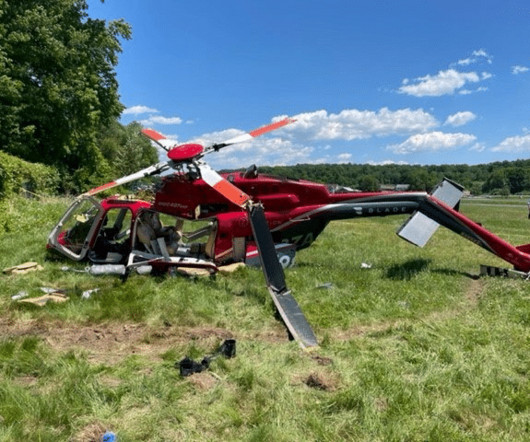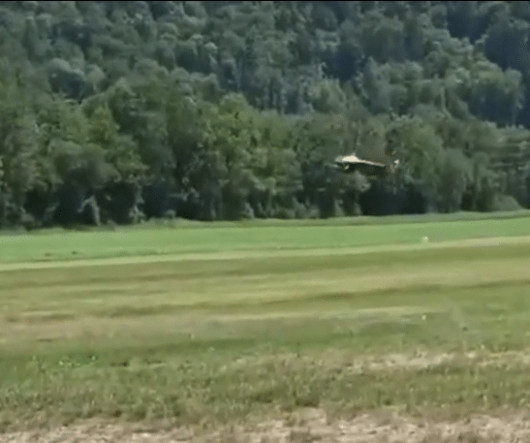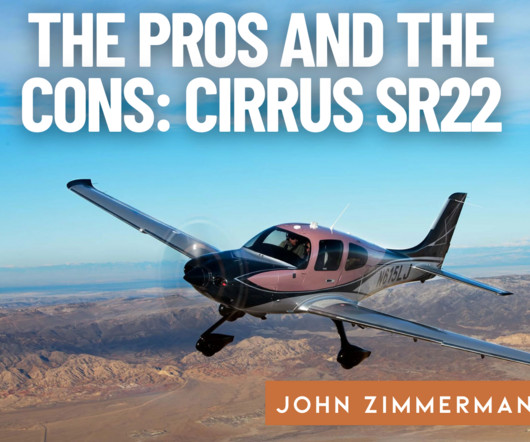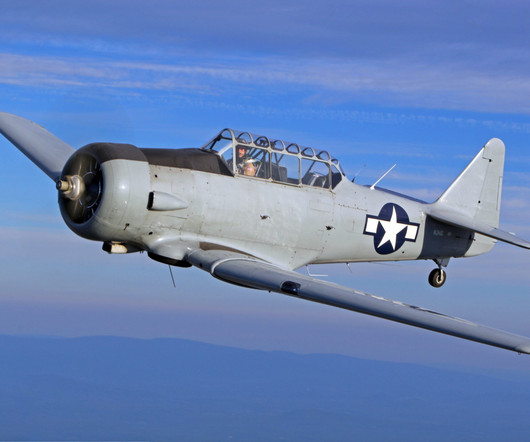Unbolted in Fairfield (Update on the 2022 Bell 407 GXP Crash)
Fear of Landing
APRIL 19, 2024
It shows the helicopter flying normally, aligned to the runway, and then begin a gentle climb. The helicopter turned left to return to the airport, travelling at about 85 knots. The pilot told the airport tower controller that he may need the runway. The indicated airspeed had fallen below 65 knots and was still decreasing.











Let's personalize your content